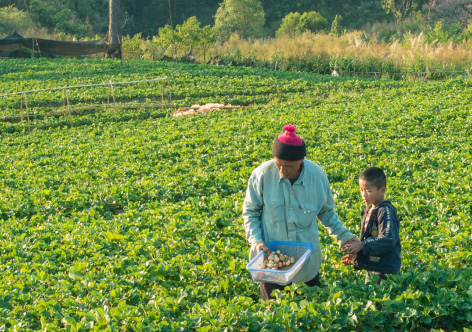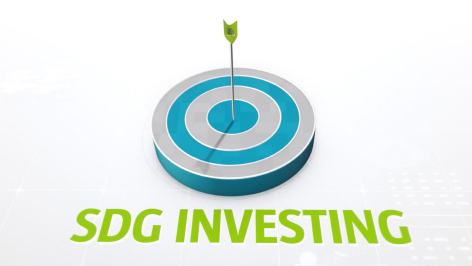Sustainable investing for a better tomorrow
Sustainability is about meeting the needs of the present generation without compromising the ability of future generations to meet theirs. One way to achieve this is through sustainable investing where environmental, social and governance (ESG) factors are integrated into the investment and decision-making processes.
The United Sustainable Credit Income Fund (the “Fund”) invests in the RobecoSAM SDG Credit Income (the “Underlying Fund”) which provides a diversified exposure to the global credit markets and aims to maximise income throughout the credit cycle.
Addressing global challenges
The World Economic Forum has identified 3 megatrends that are shaping the global investment landscape – climate change, rising inequality and cybersecurity.
Though climate change has received the most widespread attention due to increased public awareness on rising temperatures, sustainability is much more than global warming.


















